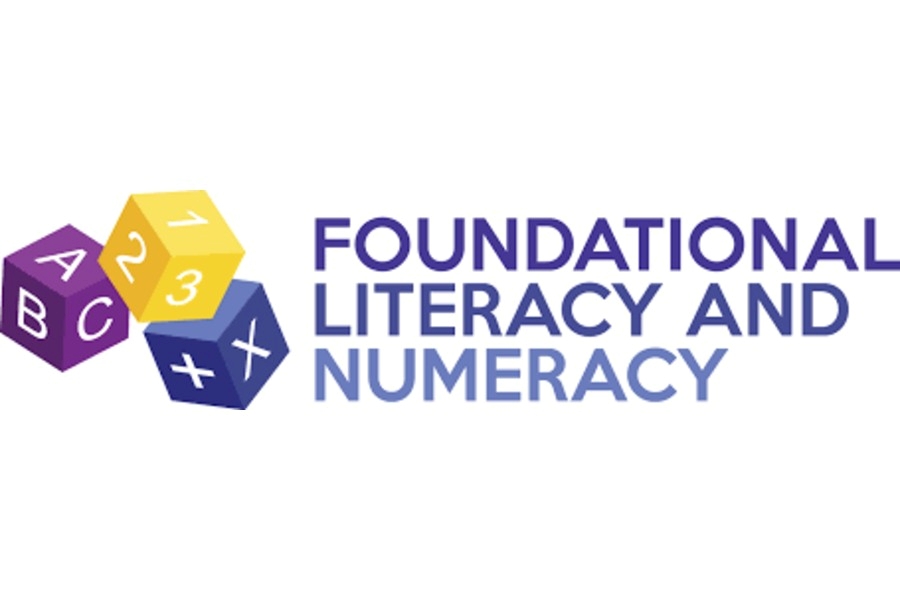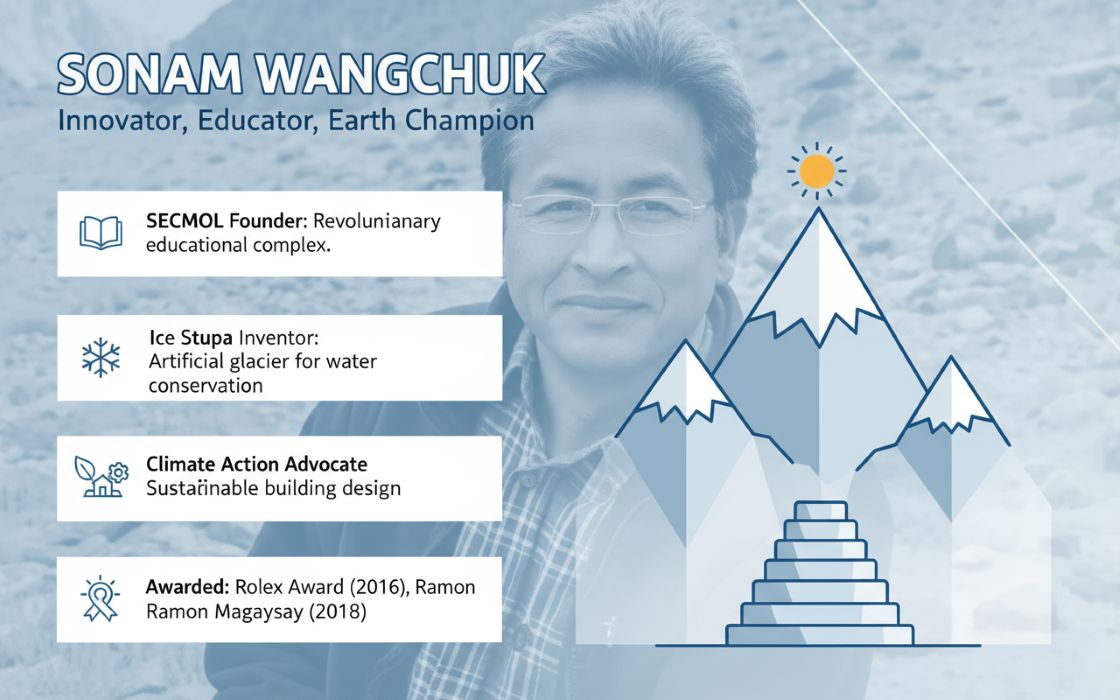Menstrual health remains one of the most overlooked yet deeply personal aspects of women’s well-being, especially in rural and underserved communities across India. Breaking barriers around period stigma requires more than just product distribution—it calls for grassroots awareness, sustained community engagement, and women-led innovation.
In this insightful interview, Poonam Patkar, Head of Ujaas under the Aditya Birla Education Trust, shares how her team is reshaping the menstrual health landscape through a hyperlocal, community-driven model. From training ASHA and Anganwadi workers to enabling SHGs to produce eco-friendly sanitary pads, Ujaas combines dignity, health, and livelihood in one holistic effort. She speaks about the transformative role CSR can play in this space, how behavior change is being driven through the Menstrual Health Express, and why mindset shifts—not just numbers—should define success. The conversation also explores how partnerships with Stayfree and the Gates Foundation have amplified their impact, and what’s next for Ujaas in its journey toward menstrual equity.
Whether you are a CSR professional, development practitioner, or someone passionate about gender justice, this dialogue offers valuable lessons in how community empowerment can bring about lasting change in menstrual health education and dignity.
Q. Ujaas has emerged as a strong force in driving menstrual health education at the grassroots. How do you see the role of CSR evolving in this space, particularly in rural and underserved communities?
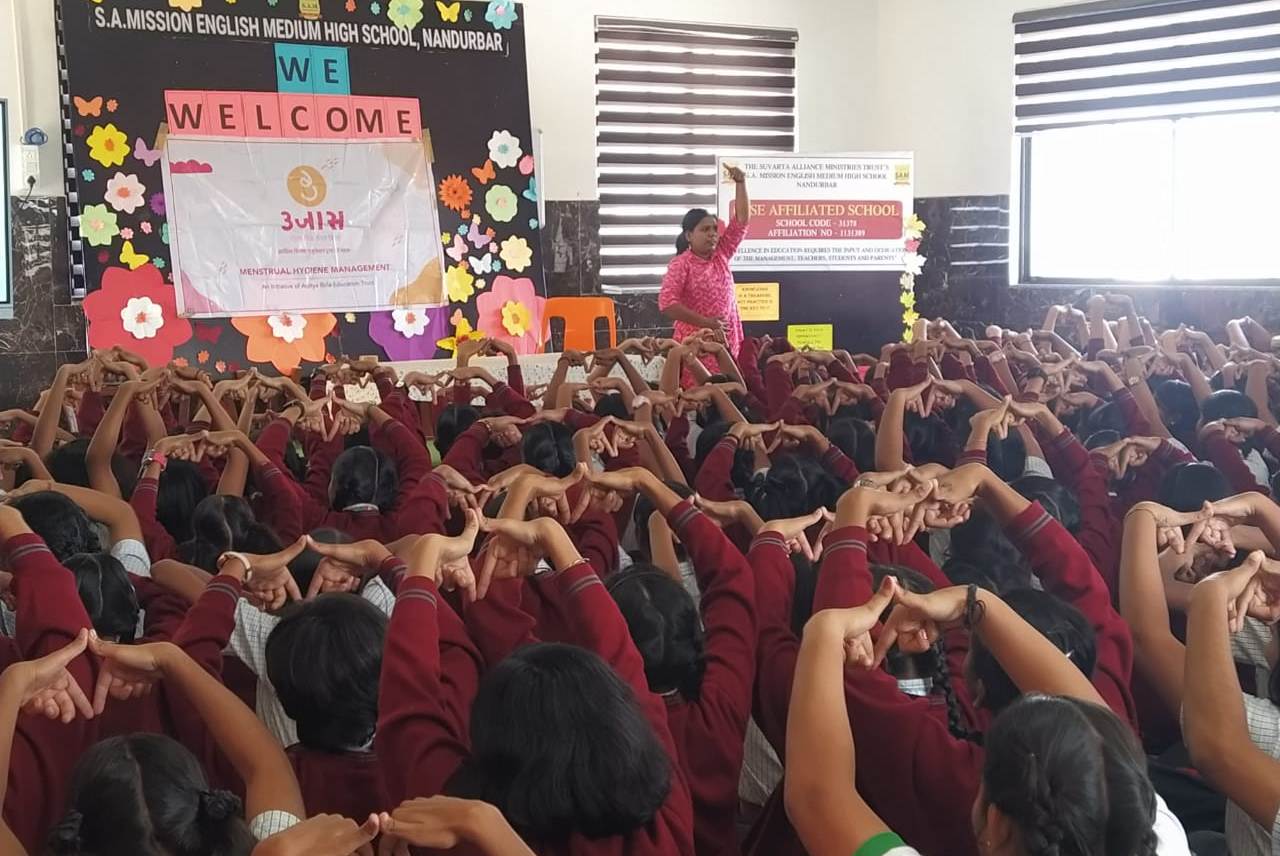 A.The role of CSR in menstrual health has undergone a visible transformation over the past few years. Earlier, most CSR interventions focused primarily on distribution, that is, supplying sanitary pads during a campaign or awareness week. While that did help address immediate product access, it didn't touch the deeper, more systemic issues like stigma, education, access to information, or sustainable infrastructure. Today, progressive CSR programs are recognizing that menstrual health is not just a "women's hygiene issue"; it intersects with education, livelihoods, gender rights, waste management, and public health. And therefore, it requires sustained investment.
A.The role of CSR in menstrual health has undergone a visible transformation over the past few years. Earlier, most CSR interventions focused primarily on distribution, that is, supplying sanitary pads during a campaign or awareness week. While that did help address immediate product access, it didn't touch the deeper, more systemic issues like stigma, education, access to information, or sustainable infrastructure. Today, progressive CSR programs are recognizing that menstrual health is not just a "women's hygiene issue"; it intersects with education, livelihoods, gender rights, waste management, and public health. And therefore, it requires sustained investment.
At Ujaas, we’ve observed that some of the most impactful CSR projects are the ones that move beyond one-time donations. The need of the hour is for CSR strategies to be designed in collaboration with grassroots organizations that already have trust and insight within the communities. Such partnerships ensure that the solutions are culturally sensitive, locally relevant, and truly sustainable. Whether it’s supporting community-based pad manufacturing units, strengthening awareness and education, or investing in capacity building for frontline workers, CSR can play a transformative role in breaking the silence around menstruation. But to do that, it has to be seen as a long-term investment, just like how we think about CSR in education, water, or sanitation.
Q. Could you share how Ujaas’ hyperlocal model has helped overcome traditional barriers around menstruation, especially taboos, access issues, and lack of awareness?
A. At the core of the Ujaas model, we believe that change is most effective when it comes from within the community itself. From the very beginning, we’ve chosen to co-create our programs with local women, whether they are school teachers, ASHA workers, Anganwadi didis, or members of self-help groups. These are women who already hold positions of trust and respect in their communities, and that makes them natural champions of menstrual health. When they talk about menstruation- even if it’s a difficult topic, people listen.
Our education modules are not one-off workshops, but part of an ongoing process. They’re visual, interactive, age-appropriate, and inclusive. We run sessions not just for adolescent girls, but also for boys, parents, teachers, and frontline workers. Because unless we involve the entire ecosystem, the silence and stigma around menstruation continue. We’ve seen that once boys understand menstruation as a normal biological process, their teasing stops. When mothers and teachers participate in sessions, girls feel more supported.
Access is also a key pillar of our work. In many communities, SHG women are trained to make high-quality reusable cloth pads, which they then sell at affordable rates. This not only makes period products accessible to girls who might otherwise not be able to afford them, but also gives economic agency to the women producing them. What makes the model work is consistency. We don’t just enter a village, conduct a few sessions, and leave. We stay connected, build relationships, and create safe spaces for young people to continue asking questions long after the sessions are over.
Q. Training ASHA and Anganwadi workers has been a key strategy. What are some of the most effective grassroots health education practices you’ve implemented that others can learn from?
 A. ASHA and Anganwadi workers are the backbone of public health and early childhood education in India. They already have deep, trusting relationships within the communities they serve. However, they too have grown up in a culture where menstruation is treated as taboo. So, one of the first things we focus on during training is giving them the space to reflect on and share their own experiences. Often, that’s the first time they talk openly about their periods, and it’s a powerful moment.
A. ASHA and Anganwadi workers are the backbone of public health and early childhood education in India. They already have deep, trusting relationships within the communities they serve. However, they too have grown up in a culture where menstruation is treated as taboo. So, one of the first things we focus on during training is giving them the space to reflect on and share their own experiences. Often, that’s the first time they talk openly about their periods, and it’s a powerful moment.
We use highly visual, interactive tools in our trainings, like flip charts, modules, because many of these women are more comfortable with non-text formats. We also focus on practical messaging that they can easily incorporate into their daily visits or Anganwadi sessions. Another best practice is follow-up. We don’t just train them once and move on. We check in, offer refresher sessions, and track how they are applying their learnings on the ground. The confidence they build over time is incredible. From being hesitant to even say the word “period,” many of them go on to lead community sessions and answer girls’ questions with ease.
We’ve learned that when a trusted local health worker can explain menstruation in a clear, stigma-free way, it not only helps young girls but also opens up conversations within families. That’s real change.
Q. Your work with SHGs in producing eco-friendly sanitary products blends sustainability with livelihood. What has been the impact of this women-led product innovation on both health outcomes and economic empowerment?
A. The Ujaas Green eco pad production model is one of the most empowering aspects of the Ujaas program. In many of the areas we work in, women from SHGs are trained to manufacture high-quality reusable cloth pads using standardised templates and hygienic production processes. These pads are safe, sustainable, and far more affordable over the long run than disposable pads, and they also solve the issue of plastic waste, which is a major concern in rural and semi-rural areas with limited waste management infrastructure.
But beyond the environmental and economic benefits, what makes this model powerful is the shift in identity that it creates for the women involved. Many of them started shy and unsure, hesitant to talk about periods even with their daughters. Today, these same women are running Ujaas’s manufacturing units, explaining menstrual hygiene in community meetings, and even training other women to do the same. They’ve become health educators, entrepreneurs, and changemakers.
The model also creates a sustainable local supply chain. Girls and women don’t have to wait for an NGO to come and distribute pads; they can access them right within their village. That reliability builds trust, and over time, we’ve seen that as the economic value of the enterprise grows, so does the respect these women command in their families and communities.
Q. Menstrual Health Express is a unique awareness model. Could you tell us about the impact it has had in terms of reach, engagement, and behavior change?
A. The Ujaas Menstrual Health Express is one of Ujaas’ most dynamic and pioneering awareness campaigns, designed to break the silence around menstruation and take conversations on menstrual health directly to grassroots communities.
Over 103 days, the Express travelled across 25 Indian states, covering 25,000+ kilometres and engaging 121 locations—from remote tribal villages to urban slums. In collaboration with 25 local NGOs, the campaign reached 1,25,000 beneficiaries and created a meaningful impact through inclusive, interactive education.
What makes the initiative stand out is its innovative format. The mobile van acts as a travelling safe space—equipped to deliver storytelling sessions, myth-busting activities, street plays, and audio-visual content to engage adolescents, caregivers, and frontline workers. It encourages both girls and boys to speak openly about menstruation, helping to dismantle deep-rooted taboos.
The outcomes have been powerful. Over 4,22,000 sanitary napkins were distributed, and specialized training was offered in sustainable cloth napkin production. In Maharashtra alone, the campaign led to a 32% rise in menstrual health awareness and a 57% drop in the belief that menstruation is “impure.” More than 90% of adolescents reported increased confidence in discussing puberty and menstrual hygiene, with boys sharing that they now feel comfortable purchasing menstrual products, a critical behavioural shift.
The Menstrual Health Express is more than a campaign—it is a mobile movement driving behavior change, improving menstrual health management, and helping communities normalize periods with dignity and pride.
Q. In your experience, what are the most significant mindset shifts you’ve witnessed in communities after repeated engagement and awareness programs?
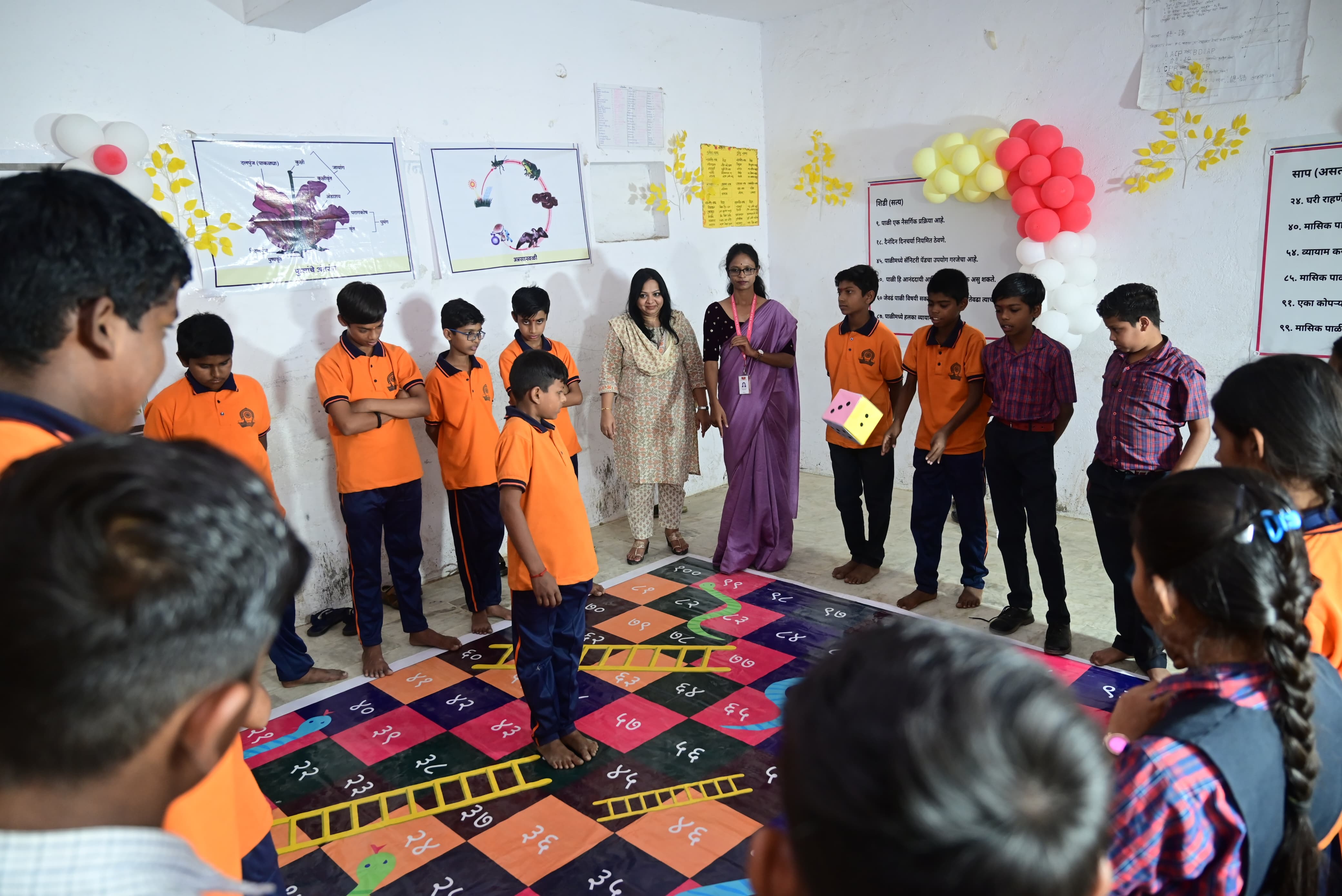 A. One of the most heartening changes we’ve witnessed is the transformation in the way menstruation is talked about both in words and in tone. When we first enter the communities, most girls are shy, use euphemisms or nicknames, and find it difficult to even say the word “period.” But after a few months of engagement, we see them referring to it confidently, even joking with friends or sharing tips. That shift in language is not small; it indicates a reduction in shame and an increase in agency.
A. One of the most heartening changes we’ve witnessed is the transformation in the way menstruation is talked about both in words and in tone. When we first enter the communities, most girls are shy, use euphemisms or nicknames, and find it difficult to even say the word “period.” But after a few months of engagement, we see them referring to it confidently, even joking with friends or sharing tips. That shift in language is not small; it indicates a reduction in shame and an increase in agency.
Another significant shift is among boys. In several of our school programs, we’ve had boys not only sit through menstrual health sessions with curiosity and respect but also follow up with thoughtful questions. Some of them have even volunteered to help with logistics during pad distributions or have spoken about the importance of building a toilet for their sisters. That level of empathy and inclusion is the outcome of repeated exposure to accurate, stigma-free information.
Parents, too, have become more engaged. We’ve seen mothers and daughters attending sessions together, and fathers helping advocate for better facilities in schools. And on a systems level, schools have become more open to discussing menstruation in classrooms, which was unthinkable just a few years ago. All of these are long-term shifts, and they’re made possible only through continued presence, dialogue, and trust.
Q. How do you measure the long-term success of your intervention—beyond product distribution—particularly in fostering agency and dignity among women and girls?
A. While numbers like the number of girls reached, the number of sessions conducted, or pads distributed are important for tracking scale, we also focus on the quality of change. Are girls able to manage their periods with dignity and confidence? Are they missing fewer school days? Are they asking more questions and seeking help when needed?
We also look at changes in community behaviour, like whether boys are more respectful. Are teachers reinforcing our messages in everyday classroom interactions? Are health workers continuing the conversation even after our formal sessions are over? And then there are intangible but powerful indicators like a young girl teaching her younger sister how to use a cloth pad, or an SHG woman creating a WhatsApp group to take product orders from her village.
We try to capture these shifts through periodic surveys, follow-up visits, and stories collected by our field teams. Because ultimately, our impact is measured not just in statistics, but in stories. Stories of girls who once felt ashamed are now becoming peer mentors, of communities where menstruation is no longer whispered about, and of a future where no girl is held back because of a natural biological process.
Q. Can you elaborate on how partnerships with organizations like Stayfree and the Gates Foundation have enhanced Ujaas’ scale and impact? What do such collaborations bring in terms of value addition?
A. Strategic Partnerships with government departments, CSR allies like Stayfree, and institutions like the Bill & Melinda Gates Foundation have been critical to scaling Ujaas and embedding it within public systems for long-term impact.
Even working with departments such as Health, Women & Child Development, and Education helps align Ujaas with national and state priorities like RKSK and POSHAN Abhiyan. These ties offer official recognition, access to public infrastructure, and the ability to scale across districts. For example, through district-endorsed eco-friendly pad units. They help ensure menstrual health is mainstreamed rather than treated in isolation.
BMGF brings global expertise, a strong technical lens, and data-driven frameworks that have strengthened our program design, M&E systems, and advocacy. With their support, we’ve piloted models like SHG-led menstrual enterprises and contributed insights to inform policy and state-level guidelines. Moreover, our CSR partners like Stayfree helped deepen the community engagement and visibility. Together, these collaborations build donor confidence, unlock co-funding opportunities, and support institutional ownership, ensuring that even after Ujaas steps back, trained local actors continue the work within the system.
Q. Looking ahead, what are your aspirations for Ujaas in the next phase of its journey? Are there new areas or innovations you are planning to explore?
A. There’s still a long road ahead when it comes to menstrual equity in India, but we’re optimistic. One of our key goals is to embed menstrual health education more formally into the systems that already exist, whether it’s through school curriculums, government training programs, or community health schemes. We’re actively in conversation with state education and health departments to integrate our modules at scale.
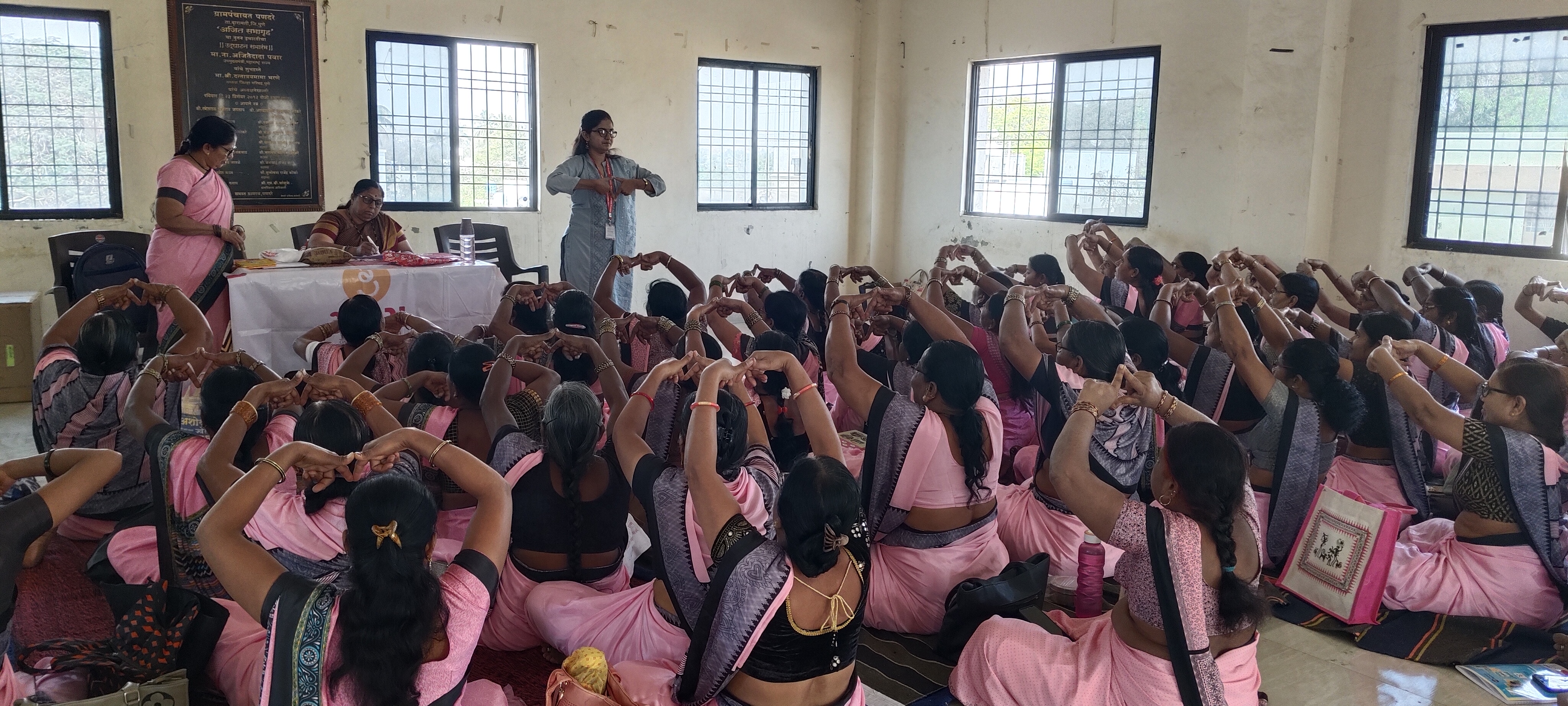 We also want to invest more in youth leadership. Girls and boys who go through our sessions often show incredible leadership potential. We want to build structures where they can lead peer learning groups, influence school norms, and become ambassadors for menstrual health within their communities.
We also want to invest more in youth leadership. Girls and boys who go through our sessions often show incredible leadership potential. We want to build structures where they can lead peer learning groups, influence school norms, and become ambassadors for menstrual health within their communities.
Another focus is improving our monitoring and impact tracking using technology to gather better data and respond more effectively. And of course, we hope to expand our reach to new geographies while continuing to maintain the hyperlocal, relationship-based model that has always been the heart of Ujaas. The dream is simple but powerful: that ‘every girl, no matter where she lives, can go through her period with confidence, dignity, and support’.

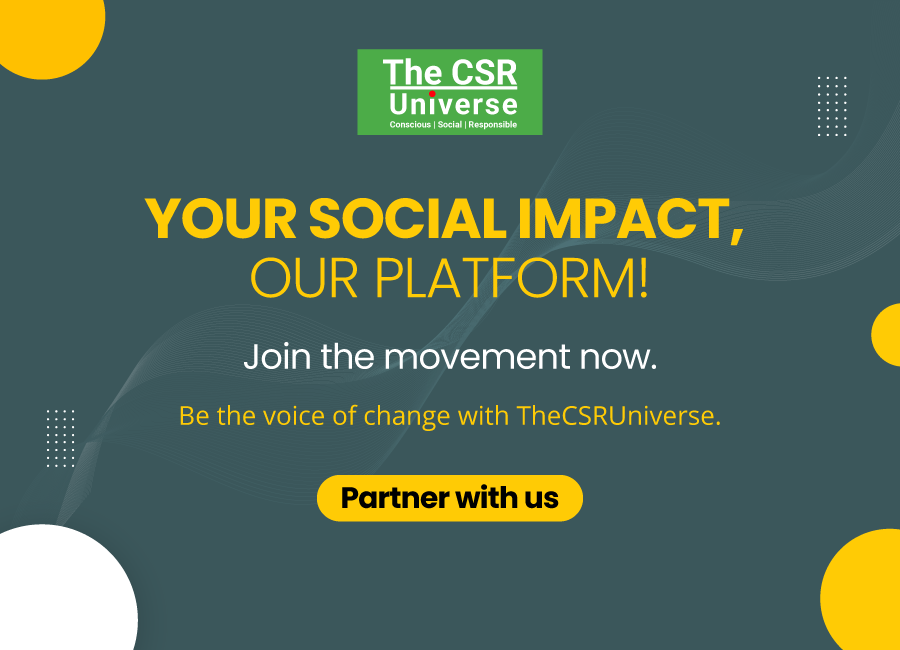

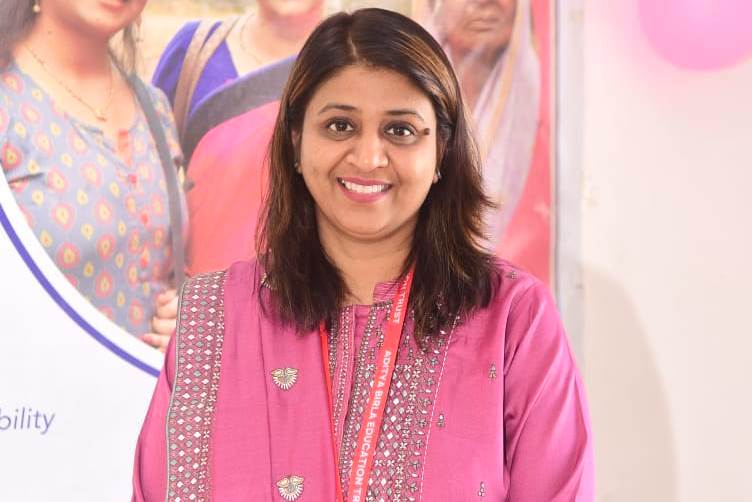
 A.The role of CSR in menstrual health has undergone a visible transformation over the past few years. Earlier, most CSR interventions focused primarily on distribution, that is, supplying sanitary pads during a campaign or awareness week. While that did help address immediate product access, it didn't touch the deeper, more systemic issues like stigma, education, access to information, or sustainable infrastructure. Today, progressive CSR programs are recognizing that menstrual health is not just a "women's hygiene issue"; it intersects with education, livelihoods, gender rights, waste management, and public health. And therefore, it requires sustained investment.
A.The role of CSR in menstrual health has undergone a visible transformation over the past few years. Earlier, most CSR interventions focused primarily on distribution, that is, supplying sanitary pads during a campaign or awareness week. While that did help address immediate product access, it didn't touch the deeper, more systemic issues like stigma, education, access to information, or sustainable infrastructure. Today, progressive CSR programs are recognizing that menstrual health is not just a "women's hygiene issue"; it intersects with education, livelihoods, gender rights, waste management, and public health. And therefore, it requires sustained investment. A. ASHA and Anganwadi workers are the backbone of public health and early childhood education in India. They already have deep, trusting relationships within the communities they serve. However, they too have grown up in a culture where menstruation is treated as taboo. So, one of the first things we focus on during training is giving them the space to reflect on and share their own experiences. Often, that’s the first time they talk openly about their periods, and it’s a powerful moment.
A. ASHA and Anganwadi workers are the backbone of public health and early childhood education in India. They already have deep, trusting relationships within the communities they serve. However, they too have grown up in a culture where menstruation is treated as taboo. So, one of the first things we focus on during training is giving them the space to reflect on and share their own experiences. Often, that’s the first time they talk openly about their periods, and it’s a powerful moment. A. One of the most heartening changes we’ve witnessed is the transformation in the way menstruation is talked about both in words and in tone. When we first enter the communities, most girls are shy, use euphemisms or nicknames, and find it difficult to even say the word “period.” But after a few months of engagement, we see them referring to it confidently, even joking with friends or sharing tips. That shift in language is not small; it indicates a reduction in shame and an increase in agency.
A. One of the most heartening changes we’ve witnessed is the transformation in the way menstruation is talked about both in words and in tone. When we first enter the communities, most girls are shy, use euphemisms or nicknames, and find it difficult to even say the word “period.” But after a few months of engagement, we see them referring to it confidently, even joking with friends or sharing tips. That shift in language is not small; it indicates a reduction in shame and an increase in agency. We also want to invest more in youth leadership. Girls and boys who go through our sessions often show incredible leadership potential. We want to build structures where they can lead peer learning groups, influence school norms, and become ambassadors for menstrual health within their communities.
We also want to invest more in youth leadership. Girls and boys who go through our sessions often show incredible leadership potential. We want to build structures where they can lead peer learning groups, influence school norms, and become ambassadors for menstrual health within their communities.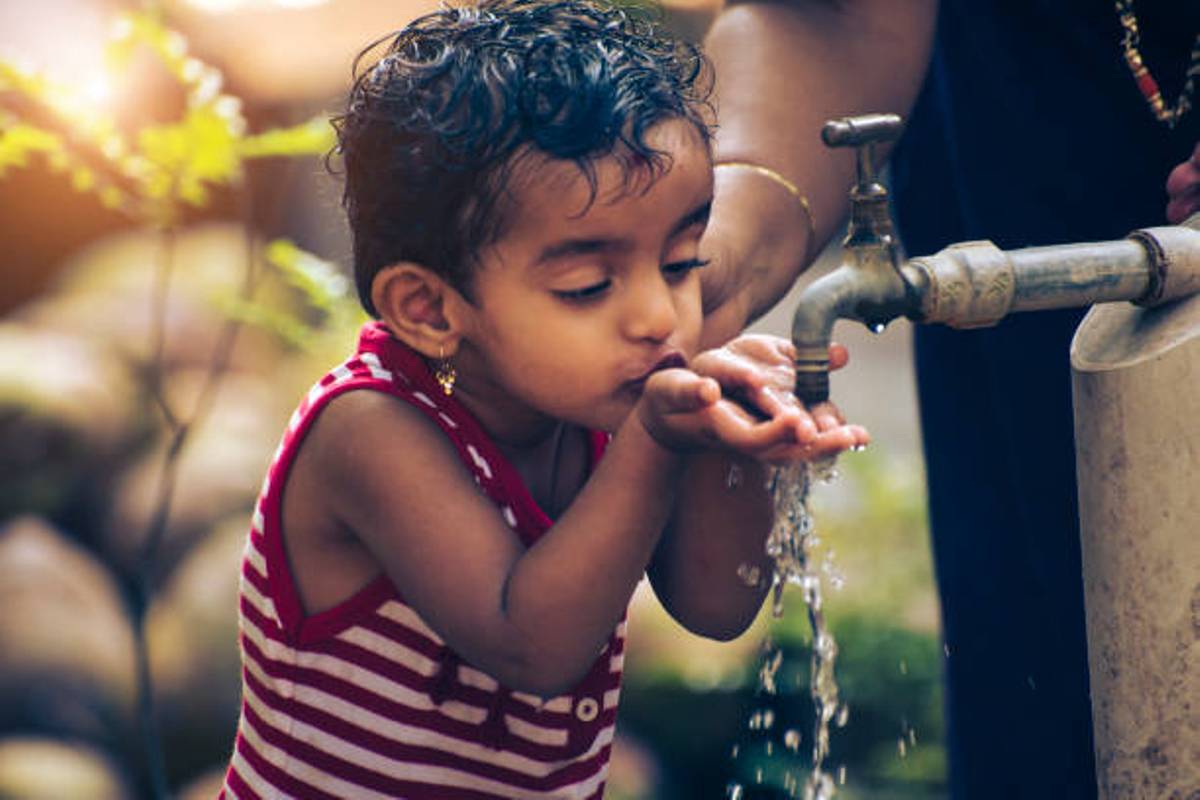
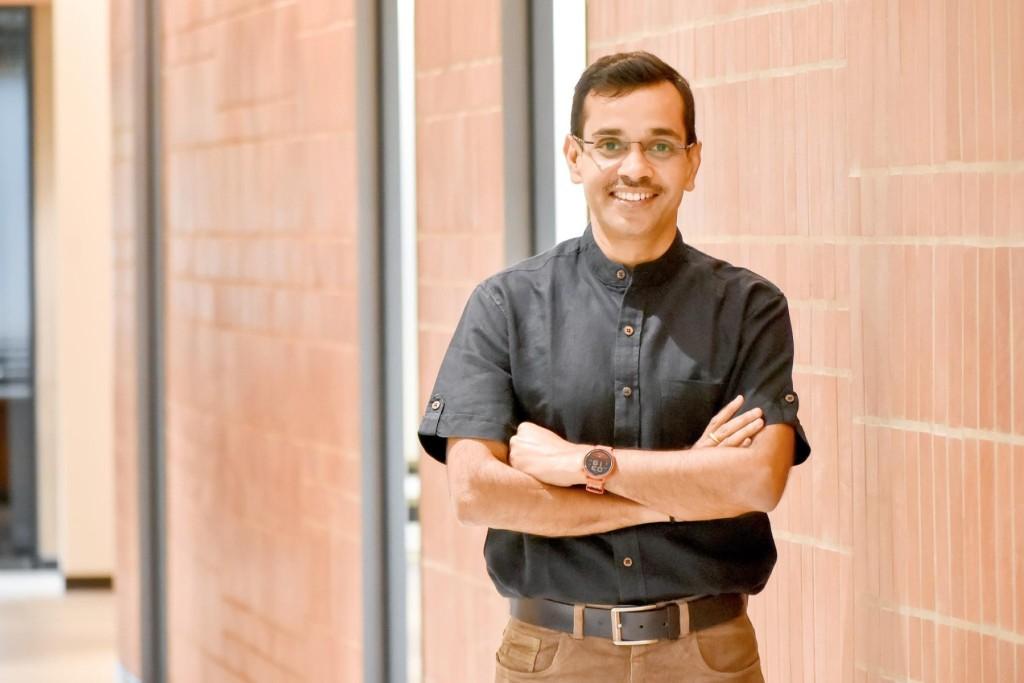

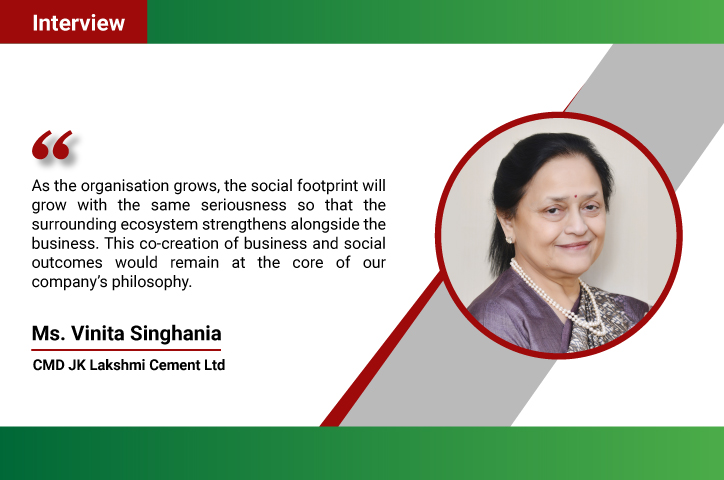
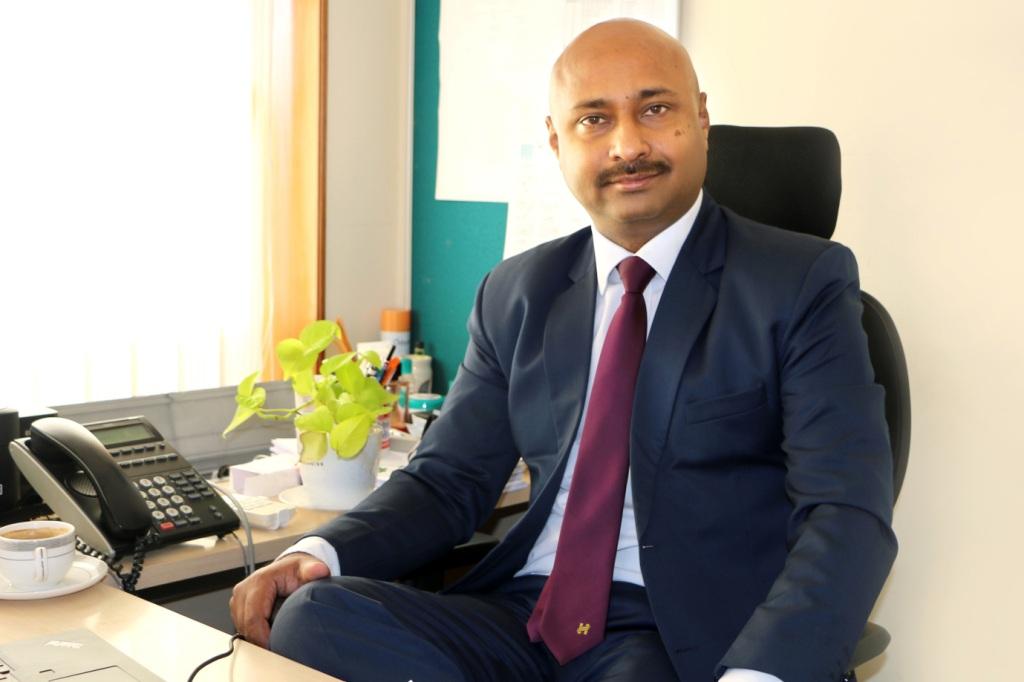
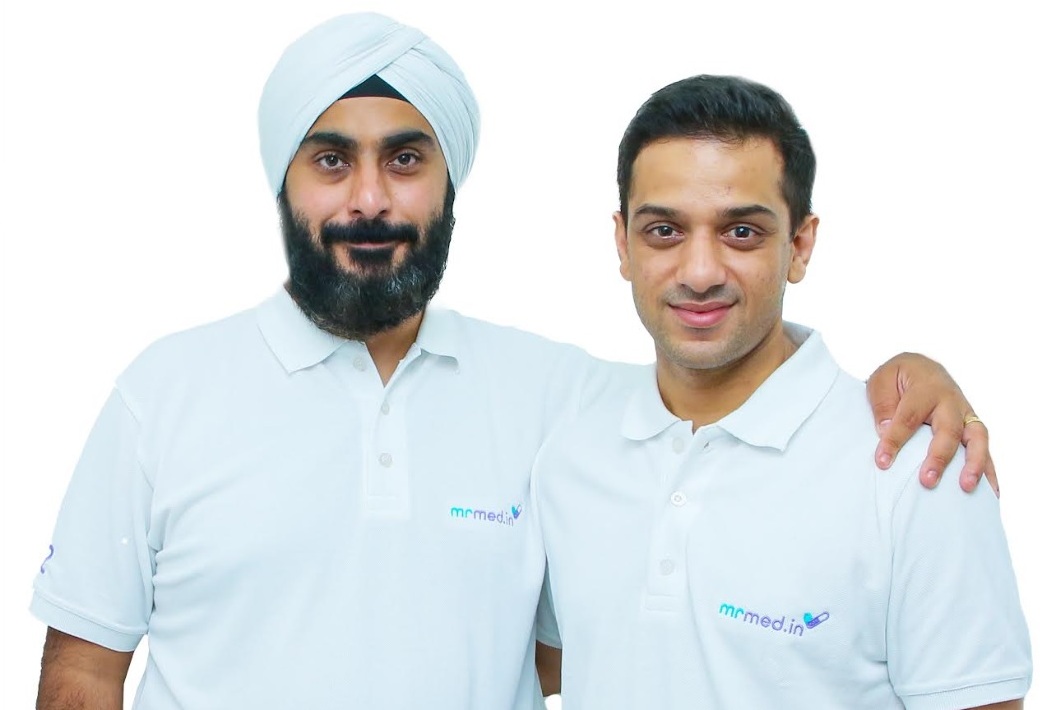
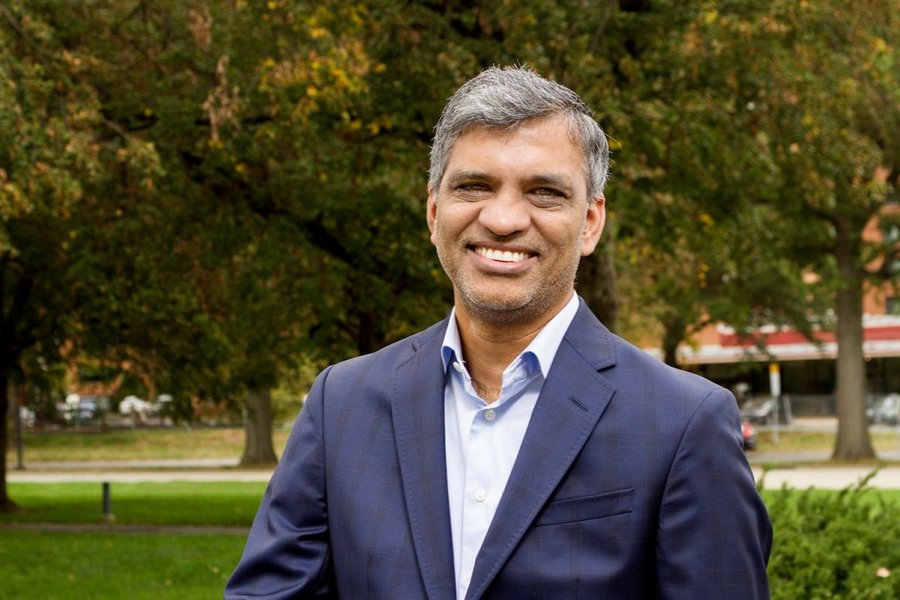
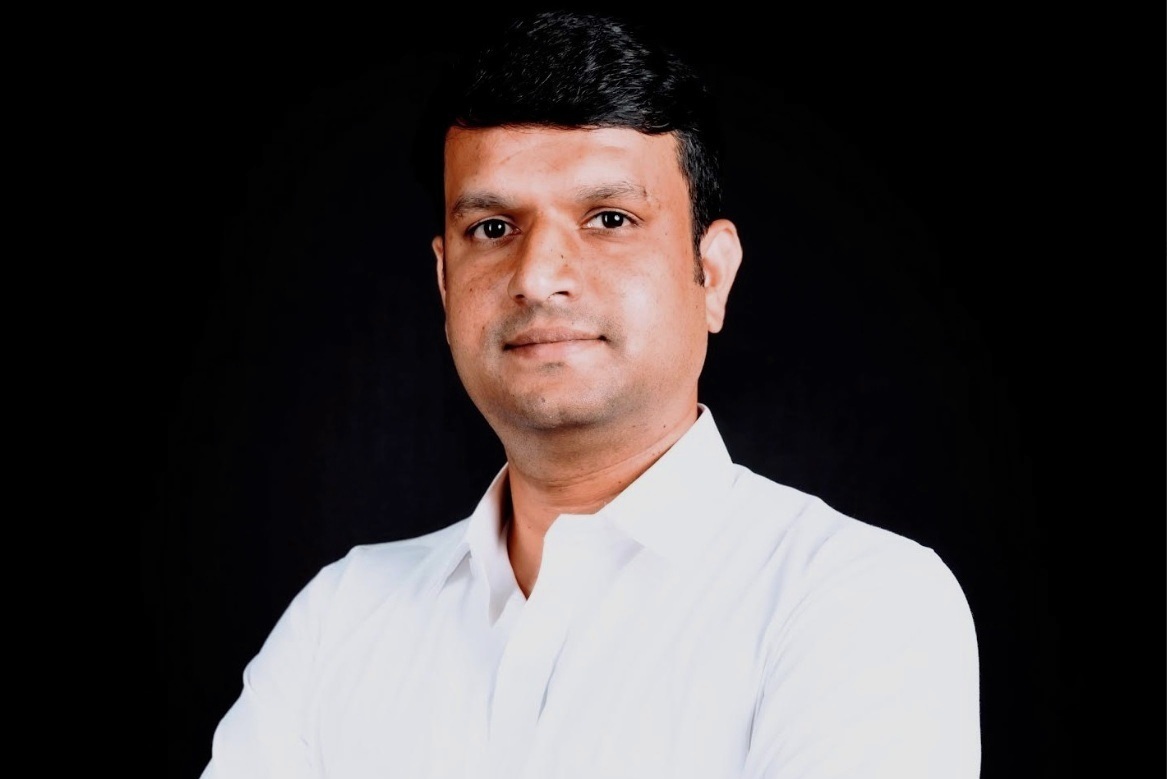
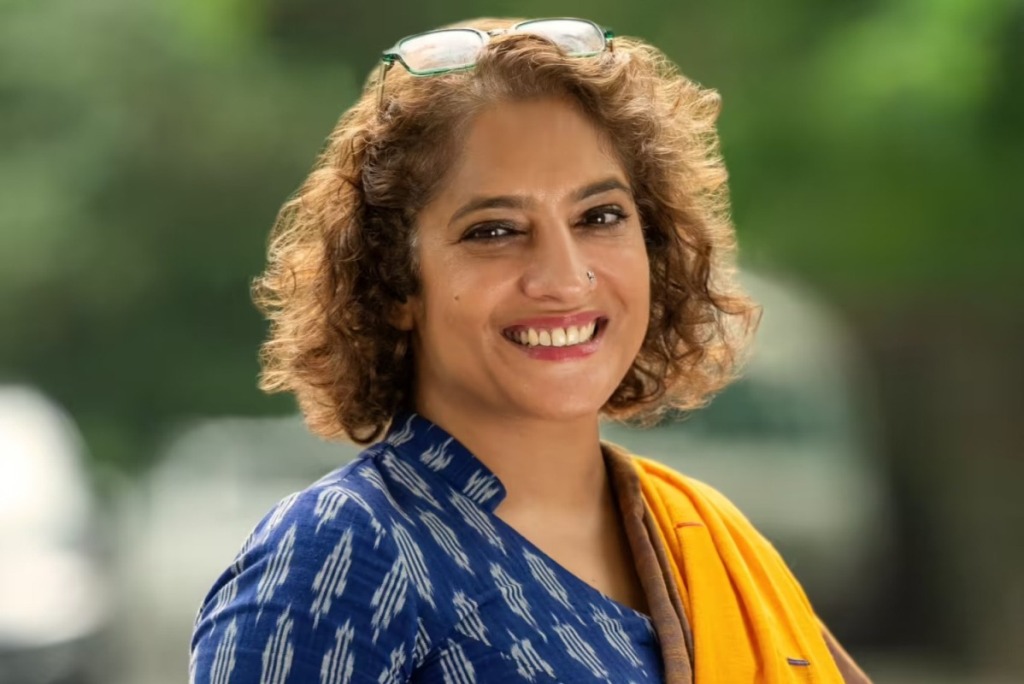
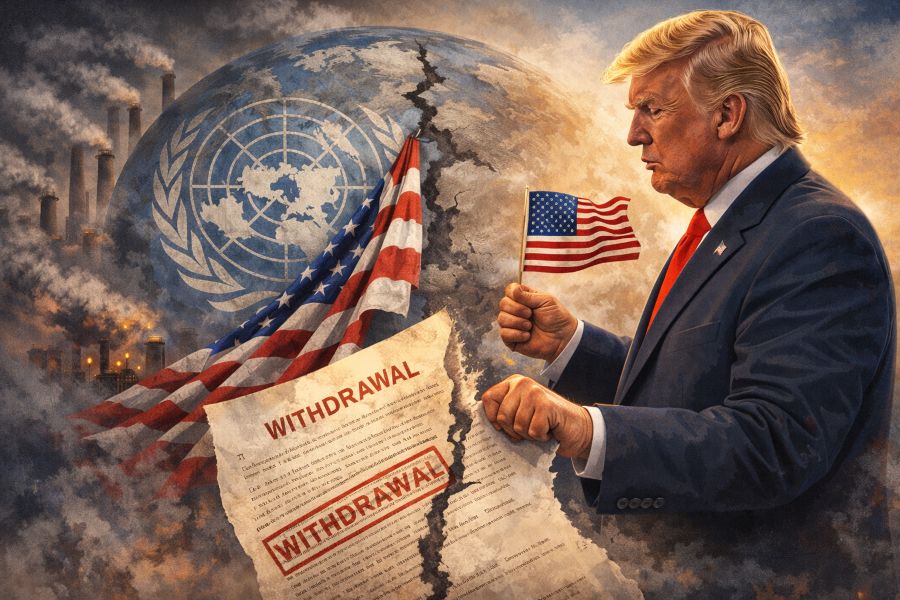
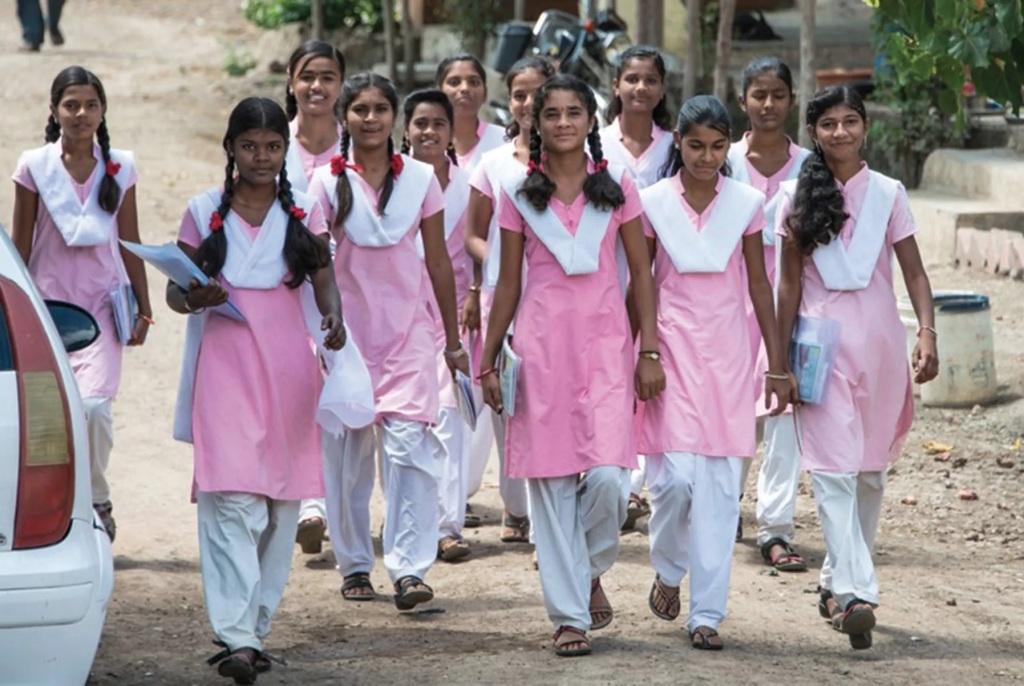
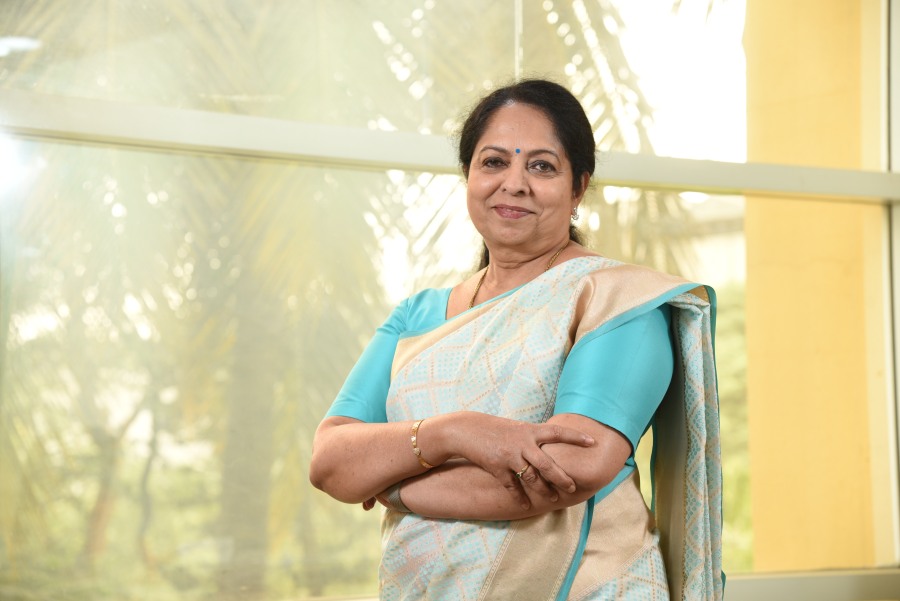
.jpg)
